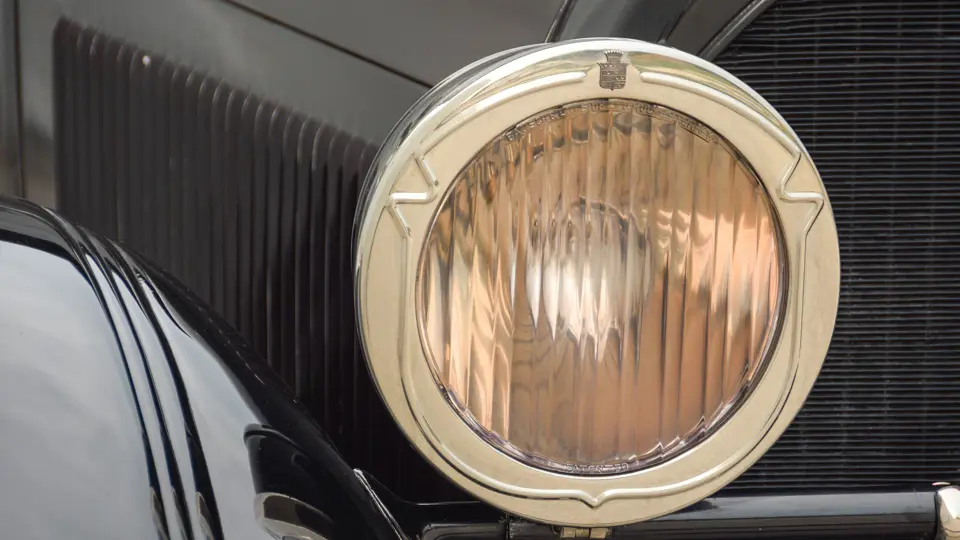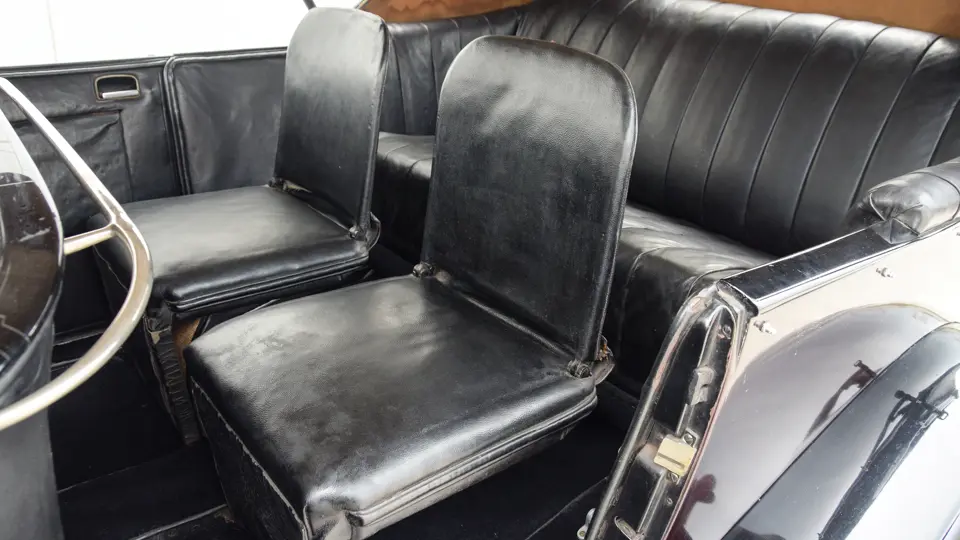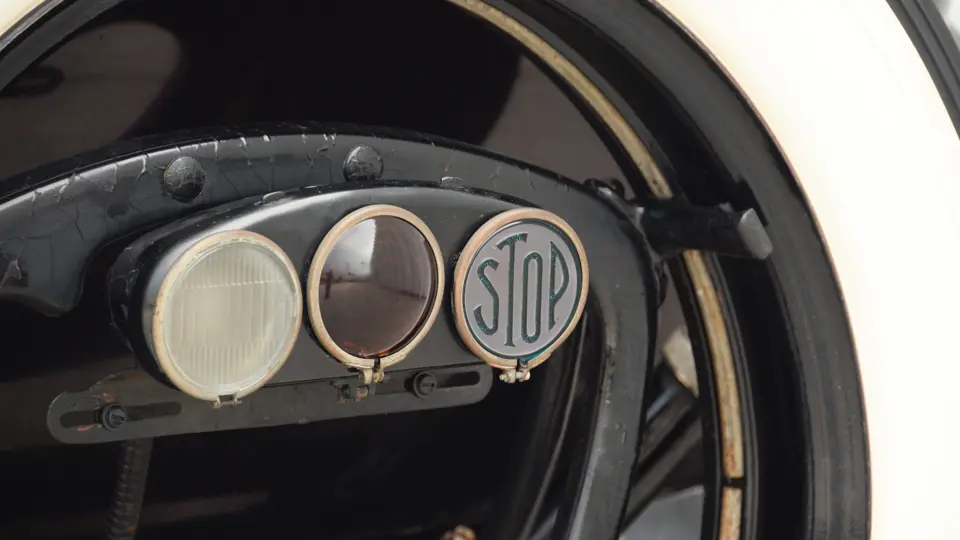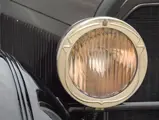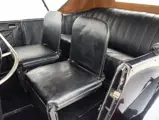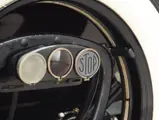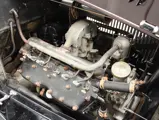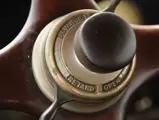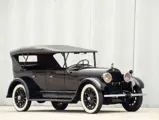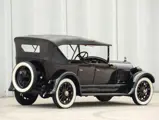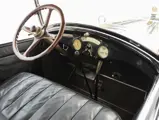Type V-63A. 83 bhp, 314.5 cu. in. L-head V-8 engine, three-speed manual transmission, solid front axle with semi-elliptical leaf springs, live rear axle with platform leaf-spring suspension, and four-wheel mechanical brakes. Wheelbase: 138 in.
By the end of 1923, Cadillac had produced more than 160,000 V-8-engined automobiles, including 2,000 that were sent overseas as staff cars in World War I. Newly promoted chief engineer Ernest Seaholm, who would oversee Cadillac’s technical developments for nearly two decades, directed the first major redesign to the ground-breaking V-8. Until that time, it was common to design a V-8 as two four-cylinder engines on a common “flat” crankshaft. This worked well enough but was subject to inherent imbalance that gave the engine a certain roughness. For 1924, Cadillac introduced a balanced, two-plane crankshaft that was counterweighted with rod journals at 90 degrees to one another; the way all V-8s are made today. The difference was dramatic. The engines exhibited remarkable smoothness and, thanks to a lighter flywheel, developed more power.
The other major improvement to the new V-63 model Cadillacs was four-wheel braking, which was becoming increasingly popular in the market, although the system was mechanical not hydraulic, as used by Duesenberg and Chrysler. Cadillac’s Fisher-built bodies offered “VV” windshields (Ventilation and Vision), for more comfort and driving ease, and closed cars had a lower seating position. Replacing the four-passenger Victoria close-coupled coupe was the coupe for five passengers, which had more interior room.
Most 1924 Cadillacs were built with a 132-inch wheelbase, although a 138-inch chassis was available for custom and special bodies. This car is one of the latter, featuring a Fisher-built body that was individually constructed on the longer wheelbase. Cadillac records show it was delivered through prestigious New York dealer Uppercu Cadillac Corporation and delivered to William Farrow, of Greenwich, Connecticut, on May 5, 1924.
The car spent most of its life in neighboring Stamford, in the ownership of Charlotte Dewing Smith Cruikshank. Mrs. Cruikshank was a devoted collector of antiques and objets d’art. As a girl, she focused on miniatures and thimbles, but when her Aunt Jane gave her a mahogany four-poster bed, she became hooked on antique furniture. Federal period furniture was her favorite, and her collection became very large. She and her husband, Douglas, would tour the antique shops and auctions of New England in the Cadillac, which he estimated managed “about seven antique shops to the gallon.” Upon her death in 1979, the majority of her estate was bequeathed to the Stamford Historical Society, enabling the establishment of a museum, the core of which was her collection. The Cadillac was sold to a private party, who then kept it for 35 years.
It is original in most all respects, with the exception of mainly the tires and hoses. Although never restored, it has been maintained as necessary, and it is finished in maroon with black fenders and black leather upholstery. The odometer shows fewer than 70,000 miles, and the car has been religiously maintained throughout its life.
This Cadillac is a remarkable discovery and a rare find indeed.
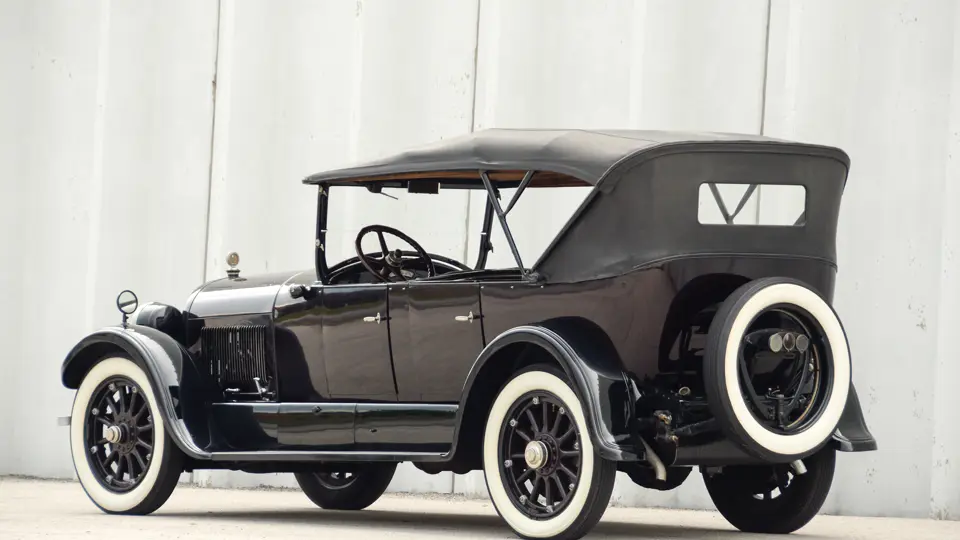
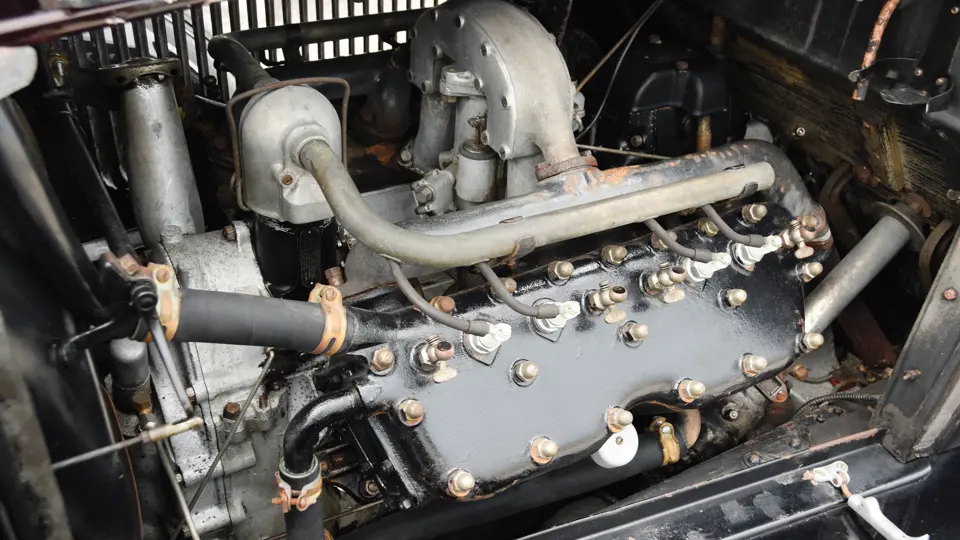
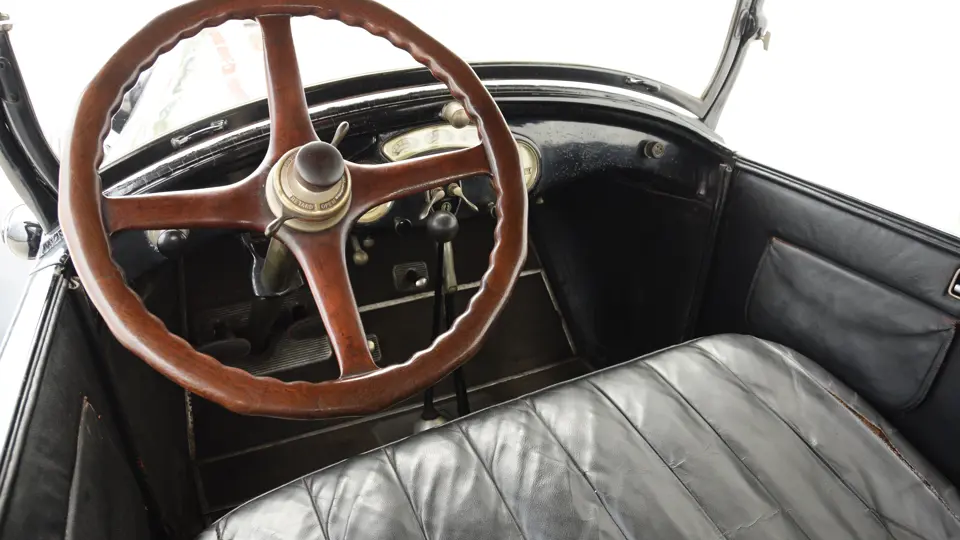

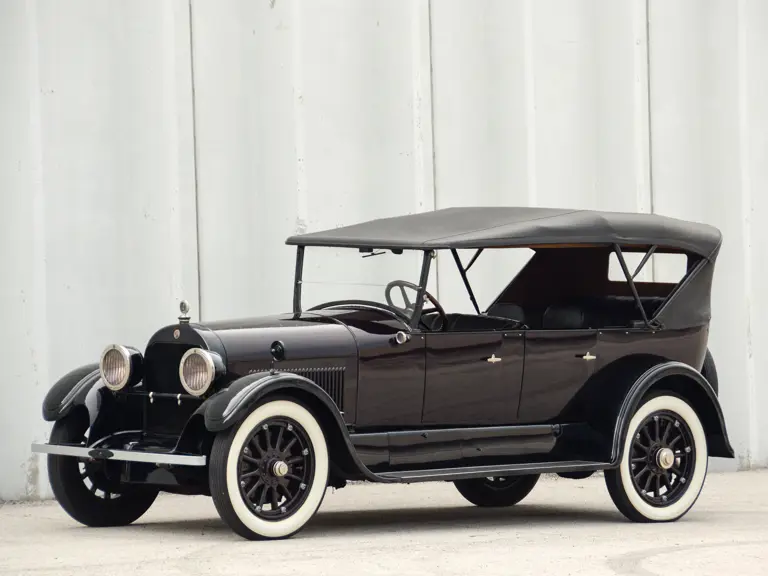
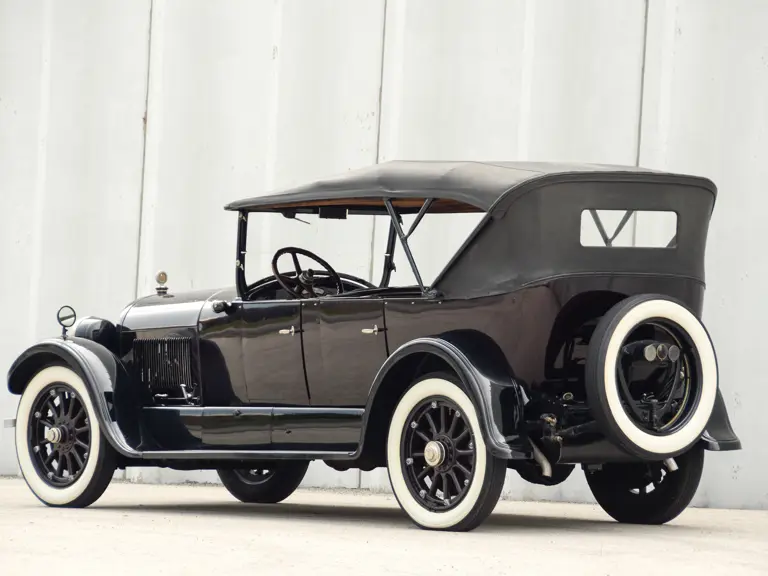
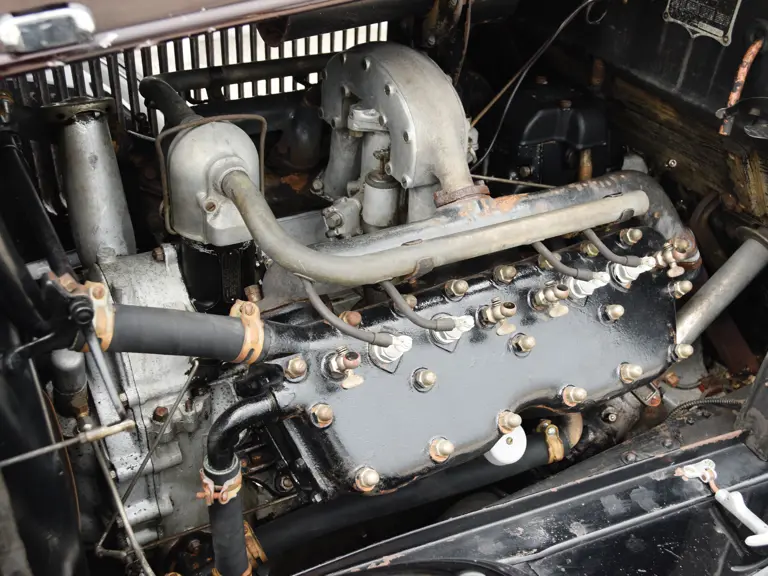
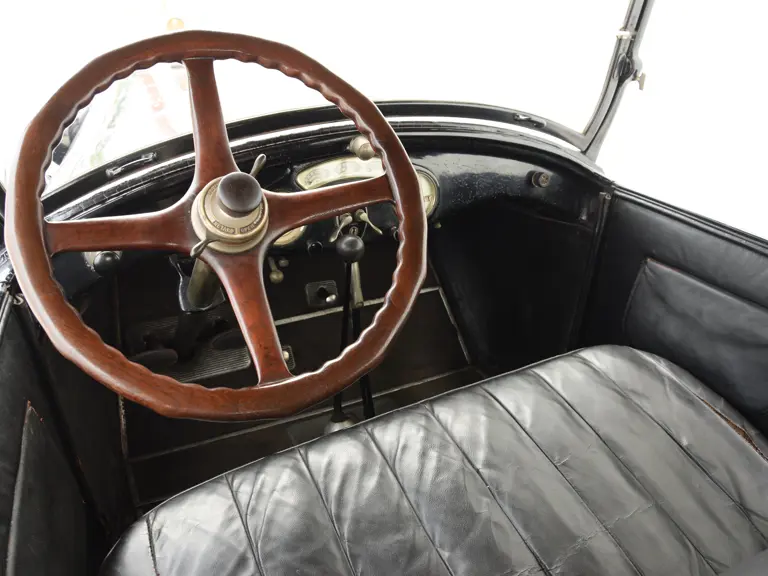
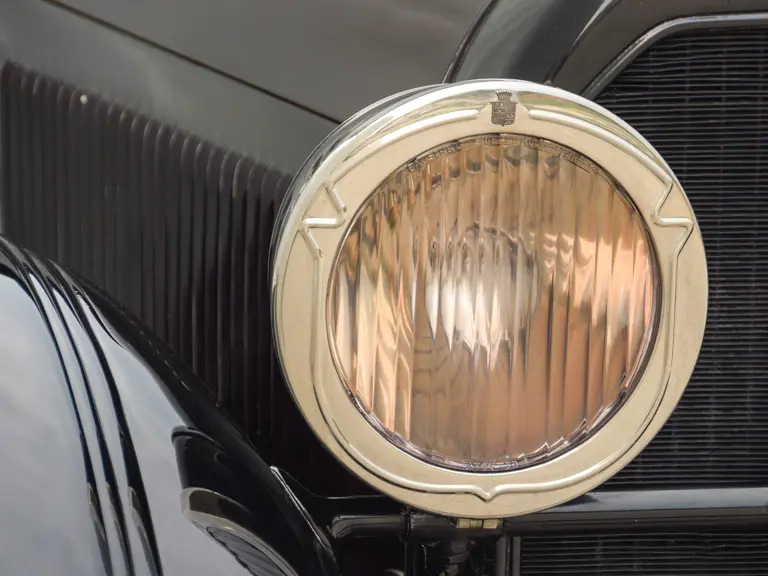
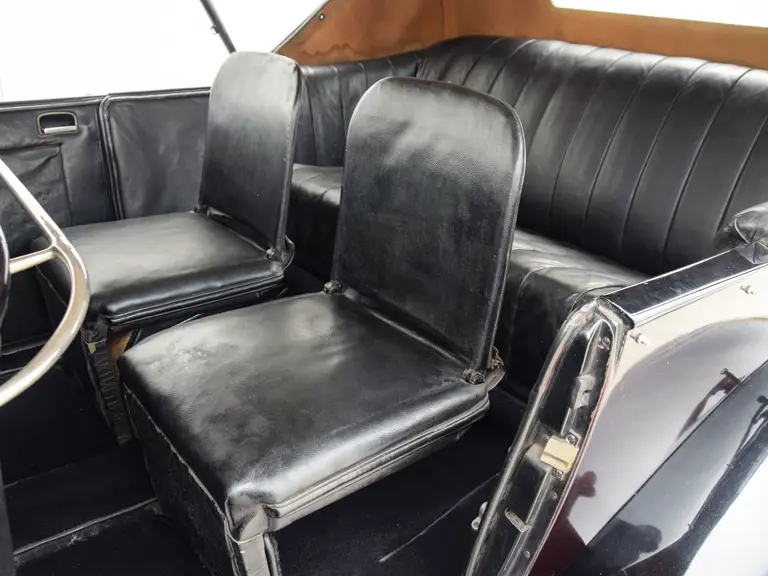

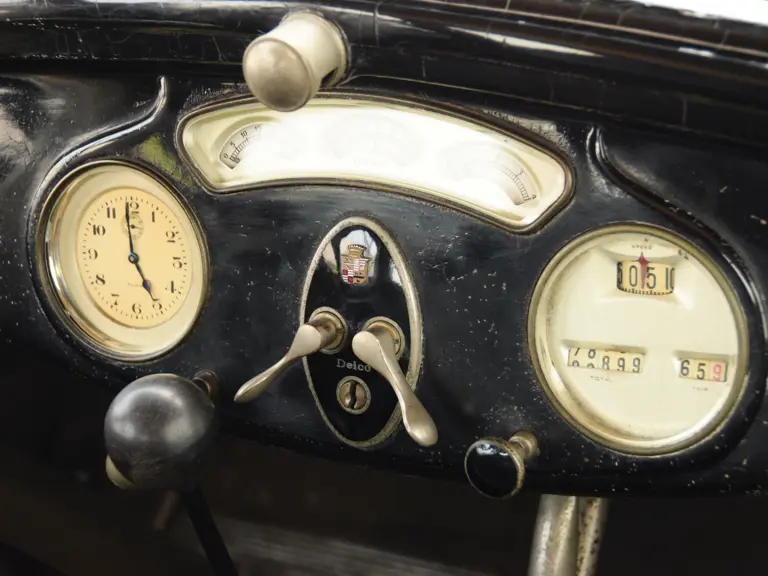

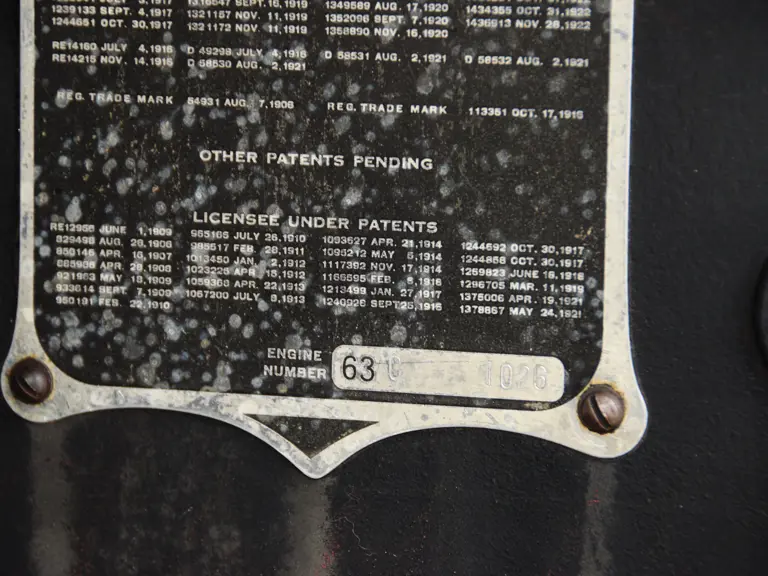
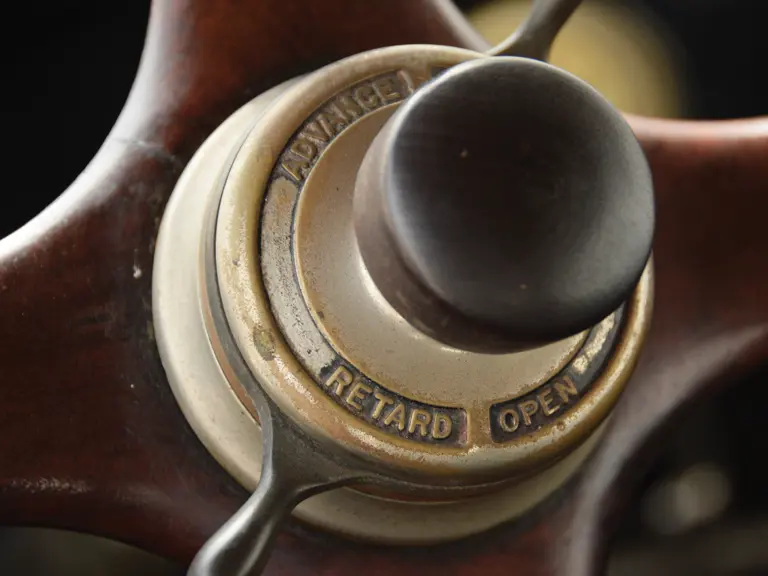
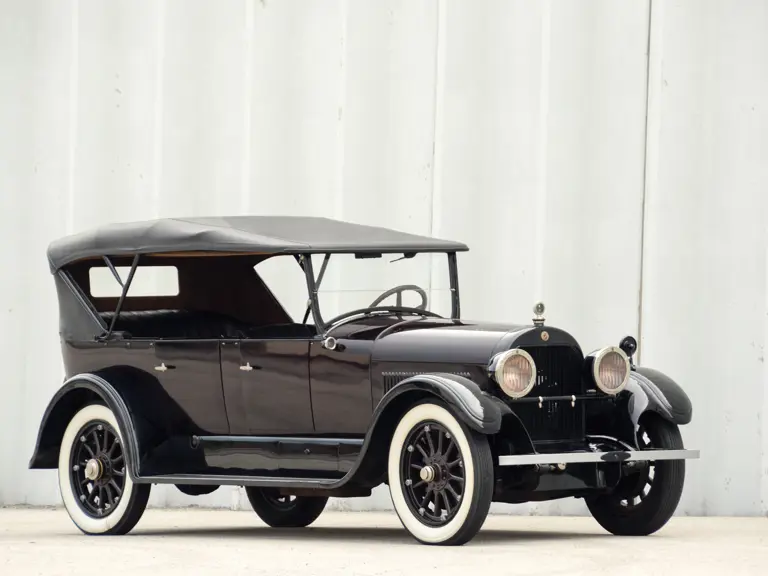
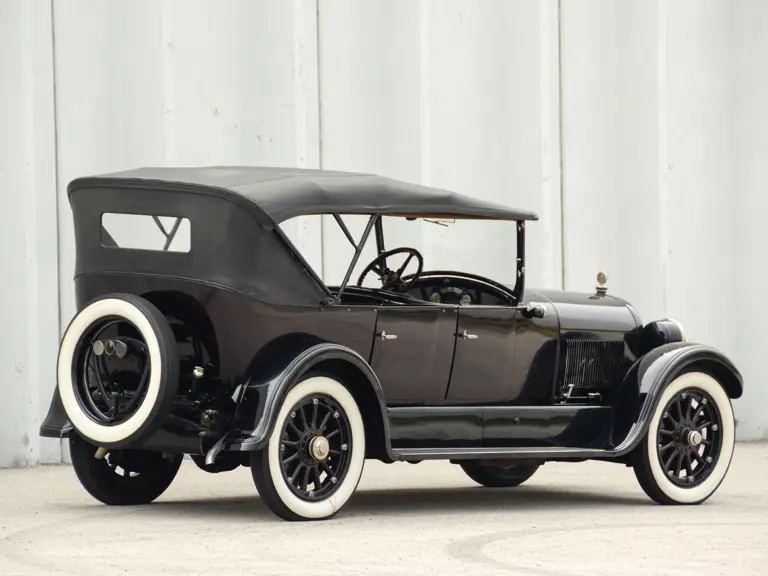
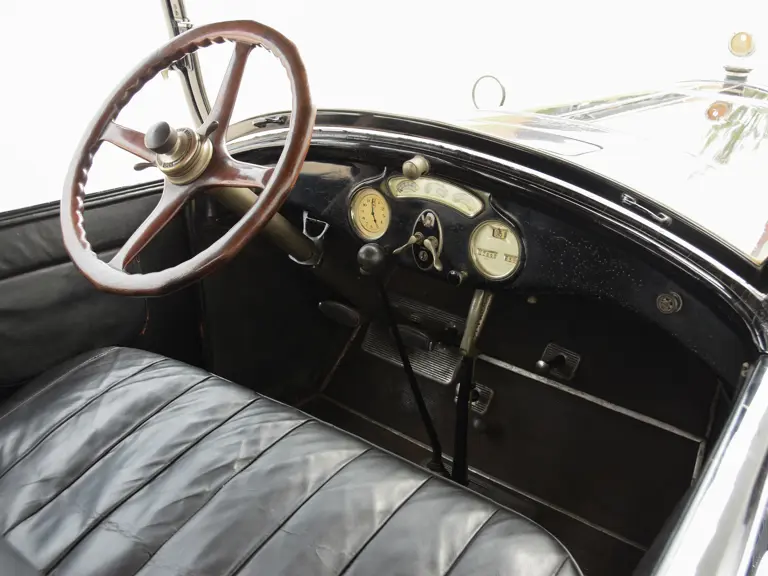
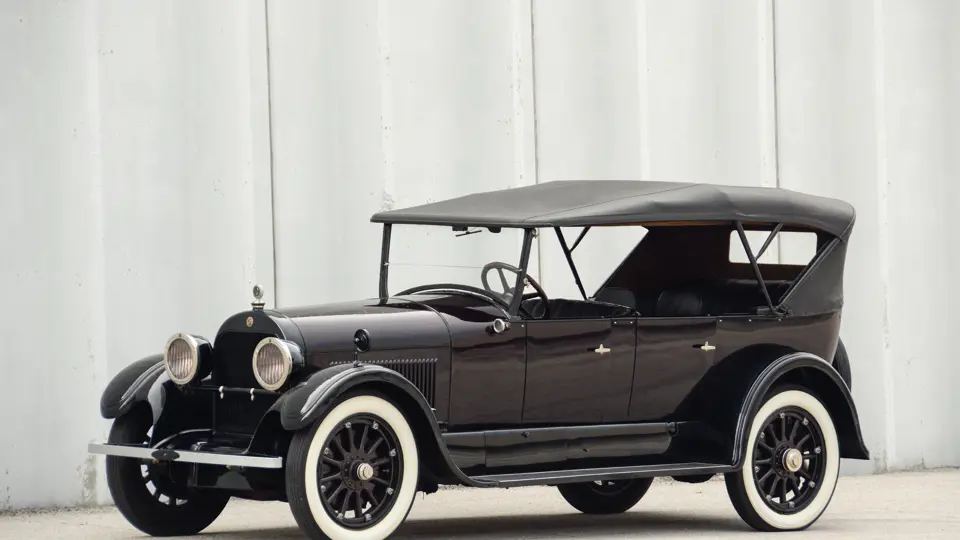
 | Hershey, Pennsylvania
| Hershey, Pennsylvania
